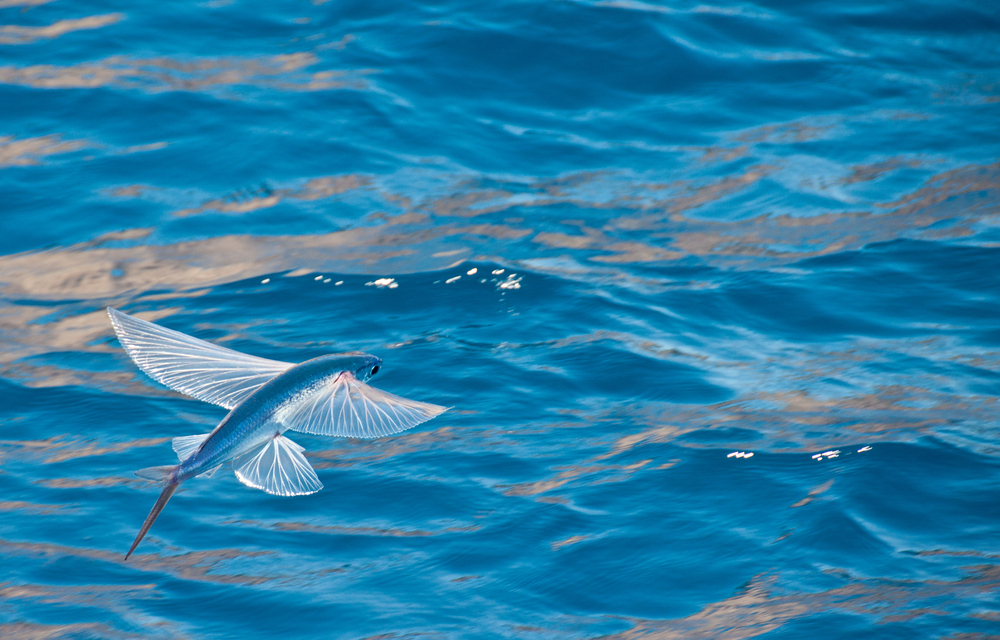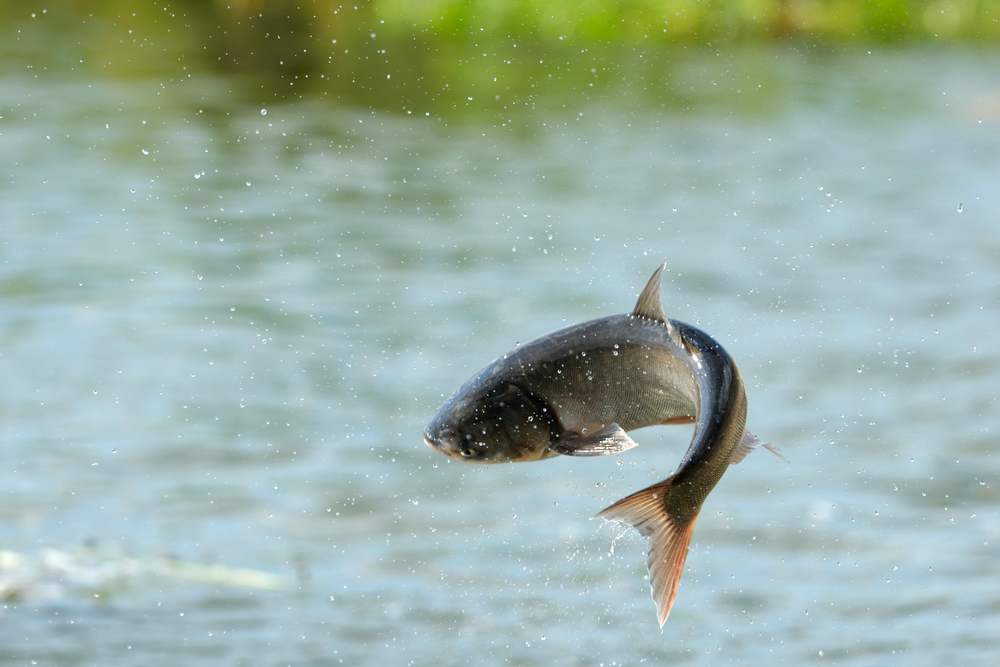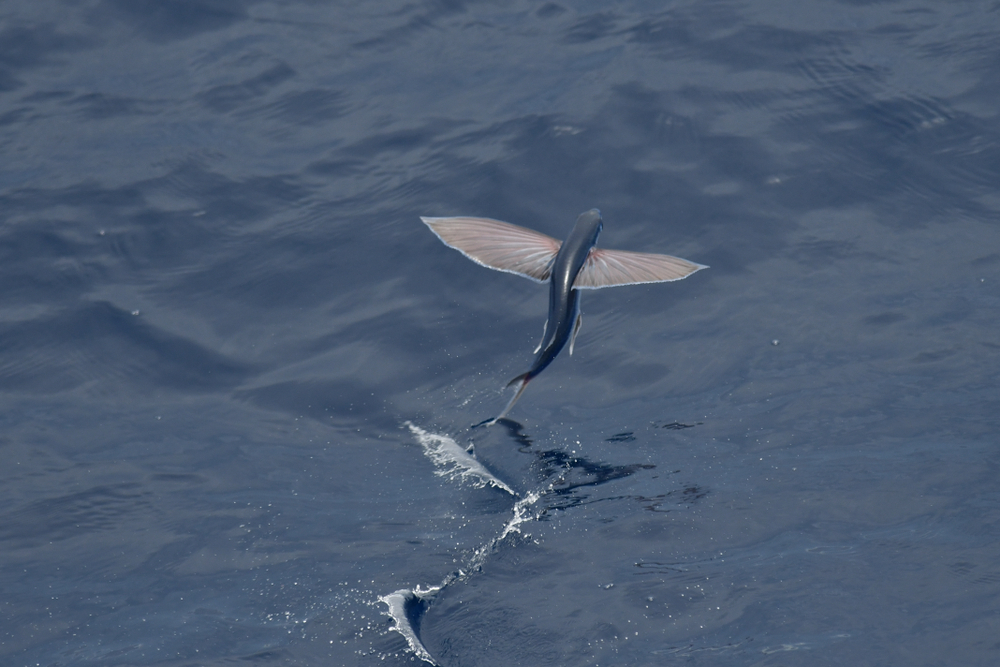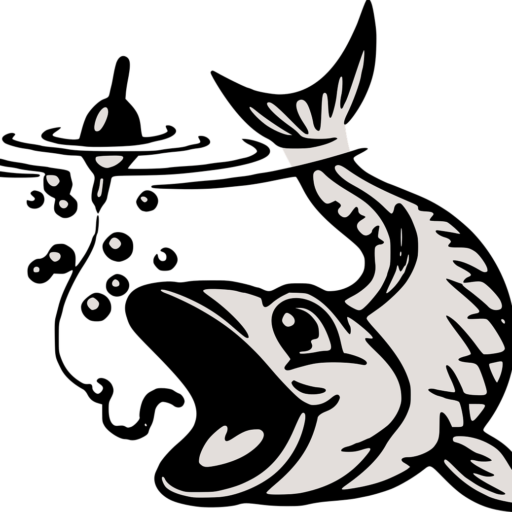
Fish are the aquatic and marine creatures living in an aquatic environment. Their modified and classified class is ray-finned fish with modified structures. They are described as flying fish, but they do not have the ability to power fly.
This is a short description of flying fish. Now let’s talk about their sources, food, health, structure and their conservation skills.
Structure:
Their structure has unique features like pectoral fins, which can be able to fly with their rigid gliding. These fins can jump over the above surface.
They have another unique feature like a differently forked tail which has two lobes, one is shorter while the other is longer. The top lobe is shorter while the bottom lobe is longer.
Flying fish is almost 18 inches (45 centimetres) but the average limit is 12 inches (17 to 30 centimetres).
Range/location:
These fish have almost 40 variants of species. They are both tropical and marine species that can be lived both on land and in water.

These species are not restricted in any location, they are also found in coastal areas and coral reefs. They are mostly found in the Pacific and Indian Oceans. They are likely to live in open habitats that some flying fishes want.
They also developed a mechanism of escape against their aquatic predators. They used their features to grab their prey and use filamentary organs to snatch flower blossoms. This process is often done by young flying fish.
Diet:
Flying fish can eat various plankton foods. The food-like small creatures can play a large role in flying fish food. They can eat crustaceans as well.
Their typical feeding behaviour starts when they are near the surface of the water, or they want to jump out of the water to escape and feed to another creature.
During their gliding, they can eat some airborne organisms to feed or some additional food source.
They snatch their food from their specialized jaws that are made from some special material that can help them to grab their food items.
They can grab their items within a minute with the help of their special mouth and jaws. Specialized bristles like the mouth can aid them in filtering their desired prey.

Flying fish can take part in contributing to the ecosystem in trophic levels from lower levels to higher ones.
Conservation:
The flying fish are very stable creatures. These are really like fishes in some places. We can catch them easily because they are in the lower bit sites of seas and oceans. They are near the surface of aquatic species.
This species is not only a marvel of marine but also can be used in conservation efforts.
First, their conservative effort is habitat loss. The effects like pollution, climate change, degradation and reduction of small creatures’ food can reduce these species. This can lead to the death of these creatures.
Research can show the insight reviews of these flying creatures, the migration, polluting damage, climate change and reproductive behavior can damage their whole living habitat.
Life history:
Flying fish is a marine and flight creature. Their life history begins in the seas, oceans and near the water’s surface.
During the breeding process, the female breeds an egg and reaches sperm in the ocean water. This creates a larva and undergoes a transformation process.
After this mechanism, they can develop distinct features like pectoral fins and streamlined bodies that can make them fly and feed them on their own.

They can glide that not only helps them to fly but also to escape from their predators. As the flying fish maturate and improve their gliding skills, their height flies above the water’s surface.
A flying fish can live almost a five-year life. This process is very essential for their survival and living in an adapting habitat.
Reproduction plays an important role in these species. They engage in a courtship relationship ritual. The female fertilise her egg on the surface of the water while the male fertilised outside the water.
This cycle of their life history can make ingenious ways to adapt and change the environment. They can carve out the dynamic world of the ocean.
Fun fact:
Flying fish are an ecological creature that can make emotional relationships with other aquatic creatures like dolphins and small aquatic mammals. Some flying fish have pelvic wings that can enable them to glide. So that’s why they are called four-winged flying fish.
